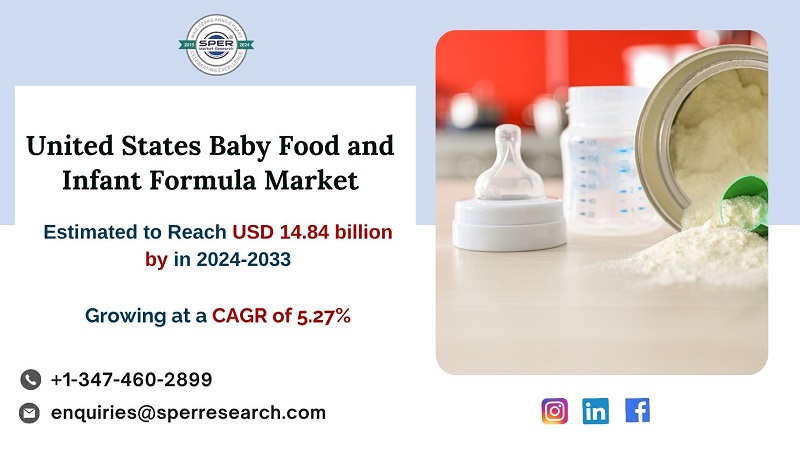The global telecommunications industry is proving itself as a critical infrastructure pillar for national economies. As the world becomes increasingly interconnected, data infrastructure is essential, likely attracting a new wave of investors, including major infrastructure funds. Japan’s telecom sector, known for its stability, is expected to maintain its resilience amid political uncertainties and economic challenges, partly intensified by the COVID-19 pandemic. Despite slower economic and population growth, Japan ranks as the world’s third-largest telecom market by revenue, supported by three major fixed and mobile network operators who have invested substantially in towers and fiber infrastructure over the last 20 years. Looking ahead, the sector is poised for further growth, driven by increasing fixed broadband adoption and mobile penetration rates.
According to SPER Market Research, the report Japan Telecom Market Size – By Service – Regional Outlook, Competitive Strategies, and Segment Forecast to 2033 projects that the Japanese telecom market will reach USD XX Billion by 2033, with a CAGR of 4.8%.
Growth Drivers
Japan’s telecom sector is among the world’s most technologically advanced, featuring modern infrastructure and high consumer technology adoption rates. A shift from traditional fixed-line services to mobile has been observed, with ongoing demand for high-speed internet. Telecom providers are meeting this need by bundling internet, mobile, and TV services, often with additional benefits, offering more cost-effective packages. Japan’s innovative culture, along with technologies like 5G, IoT, and AI, positions the industry for rapid advancements and solidifies its status as a global leader in telecom innovation.
Market Challenges
Japan’s telecom sector faces challenges from regulatory pressures and heightened competition, impacting Average Revenue Per User (ARPU) for connectivity services. Despite Japan’s high mobile ARPU of JPY 3,964 (USD 30.4) as of March 2023, price reduction initiatives, new market entrants like Rakuten with unlimited data plans, and Mobile Virtual Network Operators (MVNOs) offering flexibility present considerable hurdles. Government efforts to lower mobile prices by 40% and limit bundled services have increased price competition. Rakuten’s disruptive entry forced incumbents to cut prices, while MVNOs’ affordable plans create pressure on profitability, challenging providers to balance competitive pricing with financial sustainability.
Request Free Sample Report: https://www.sperresearch.com/report-store/japan-telecom-market.aspx?sample=1
COVID-19 Impact:
COVID-19 significantly impacted the Japanese economy, necessitating rapid digital adoption to improve resilience. Technology solutions became crucial for businesses to manage the pandemic’s financial impact, enabling digital communication, operational continuity, and logistical adjustments. Japan’s digital potential is notable, with 69% of it driven by technologies that helped businesses and employees adapt to the economic challenges of the pandemic.
Key Regions and Players
The primary regional markets include the Kanto, Kansai/Kinki, Central/Chubu, Kyushu-Okinawa, Tohoku, Chugoku, Hokkaido, and Shikoku regions. Leading industry players include Nippon Telegraph and Telephone Corporation, SoftBank Group Corp., KDDI Corporation, Rakuten Mobile, Inc., and Internet Initiative Japan, Inc., all major players in Japan’s telecom market and strong competitors globally.
Japan Telecom Market Segmentation:
By Service: Based on the Application, Japan Telecom Market is segmented as; Fixed Broadband Services, Mobile Services, Pay-Tv Services.
By Region: This research also includes data for Chubu, Chugoku, Hokkaido, Kansai, Kanto, Kyushu & Okinawa, Shikoku, Tohoku.
For More Information, refer to below link: –
Japan Telecom Services Market Forecast
Related Reports:
Follow Us –
LinkedIn | Instagram | Facebook | Twitter
Contact Us:
Sara Lopes, Business Consultant – U.S.A.
+1-347-460-2899









